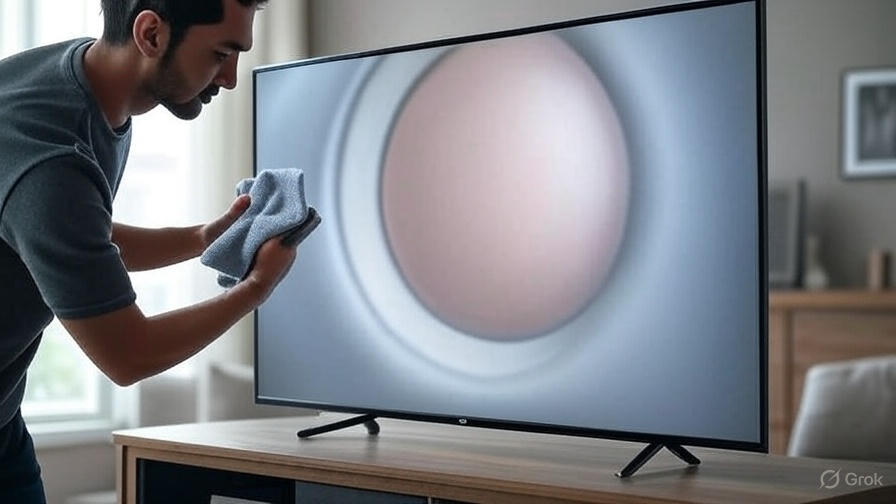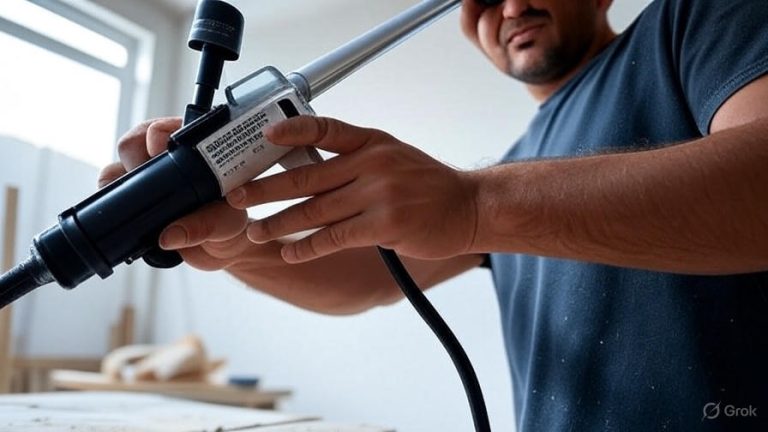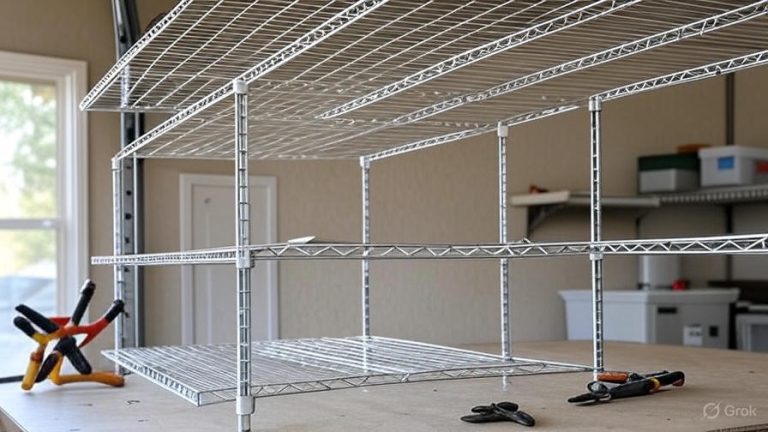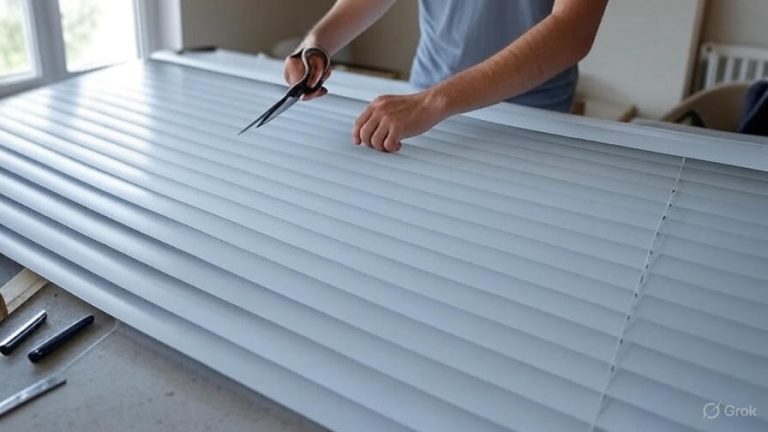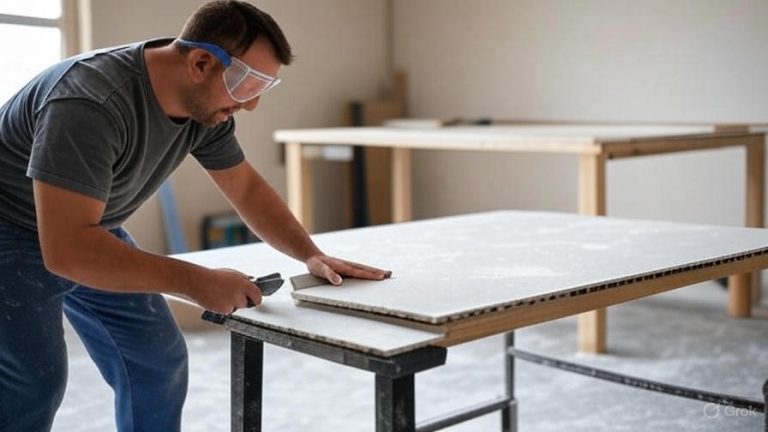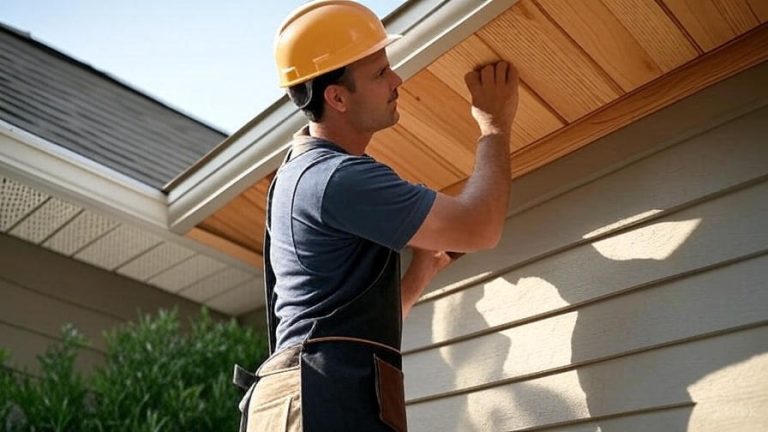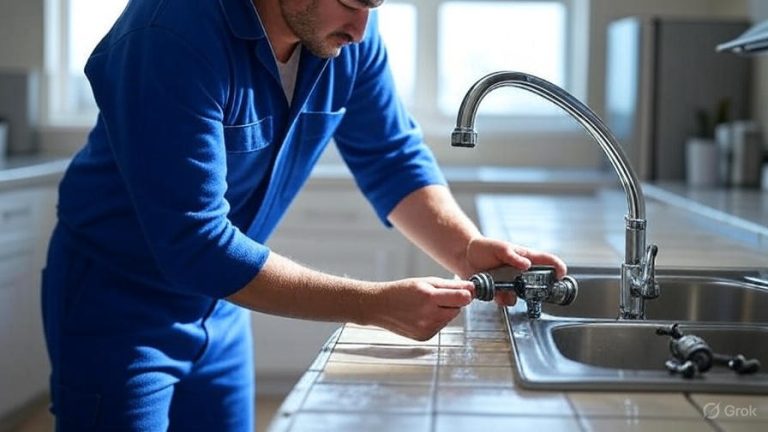How to Clean Your LED TV Screen?
Your LED television represents a significant investment in home entertainment. You want to protect that investment while enjoying pristine picture quality. Dust, fingerprints, and smudges can seriously impact your viewing experience, making colors appear dull and images lose their sharpness. This comprehensive guide will walk you through the safest and most effective methods to clean your LED TV screen without causing damage.
Why LED TV Screens Need Special Care
LED screens differ from traditional glass surfaces in several important ways. These displays feature delicate anti-glare coatings and polarizing filters that can be permanently damaged by harsh chemicals or abrasive materials. The LCD panel beneath the protective coating contains liquid crystals that respond to electrical signals to create images. Even slight pressure can disrupt these crystals, leading to dead pixels or screen damage.
Most LED TV manufacturers apply special coatings to reduce glare and improve color accuracy. These coatings are extremely thin and can be stripped away by alcohol-based cleaners, paper towels, or rough cloths. Once damaged, these coatings cannot be restored, leaving you with a screen that reflects light poorly and displays washed-out colors.
Essential Supplies for Safe LED TV Cleaning
Before you begin the cleaning process, gather the right materials. You’ll need a microfiber cloth specifically designed for electronics. These cloths have ultra-fine fibers that lift dust and oils without scratching the screen surface. Avoid using cotton cloths, paper towels, or tissues, as these materials can leave lint or create micro-scratches.
For stubborn stains, you’ll need distilled water. Tap water contains minerals that can leave streaks or spots on your screen. If distilled water alone doesn’t remove the stains, you can create a gentle cleaning solution using equal parts distilled water and white vinegar. Some electronics manufacturers also produce specialized screen cleaning solutions that are safe for LED displays.
Never use household cleaners like Windex, bleach, or dish soap on your LED TV screen. These products contain chemicals that can permanently damage the screen’s protective coatings. Similarly, avoid using baby wipes or wet wipes, as these often contain alcohol or other harsh ingredients.
Step-by-Step LED TV Screen Cleaning Process
Start by turning off your television and unplugging it from the power source. This step serves two important purposes: it prevents accidental damage from electrical current, and it makes smudges and dust more visible on the dark screen. Allow the TV to cool down completely if it was recently in use, as cleaning a warm screen can cause streaking.
Gently dust the screen using a dry microfiber cloth. Work in smooth, horizontal motions from one side of the screen to the other. Avoid circular motions, which can redistribute dust and create swirl marks. Apply minimal pressure – let the cloth do the work. The microfiber material will naturally attract and hold dust particles.
For areas with stubborn dust or light smudges, lightly dampen a corner of your microfiber cloth with distilled water. The cloth should be barely moist, not wet. Excess moisture can seep into the edges of the screen and damage internal components. Clean these areas using the same gentle, horizontal motions.
When dealing with fingerprints or sticky residue, create your cleaning solution by mixing equal parts distilled water and white vinegar in a spray bottle. Spray the solution onto a clean microfiber cloth – never spray directly onto the screen. The solution should make the cloth slightly damp but not dripping wet.
Gently wipe the affected areas using straight, overlapping strokes. Start from the top of the screen and work downward. This method prevents drips from running down to areas you’ve already cleaned. Pay special attention to the corners and edges where dust tends to accumulate.
After cleaning with the solution, use a dry portion of the microfiber cloth to remove any remaining moisture. This final step prevents streaking and ensures your screen dries completely. Inspect your work under good lighting to ensure you haven’t missed any spots.
Dealing with Different Types of Stains
Different stains require different approaches for safe removal. For grease stains from fingerprints, the vinegar solution works well because vinegar cuts through oils naturally. Apply the solution to your cloth and gently work on the stain using small, circular motions. Be patient – it may take several passes to completely remove stubborn grease marks.
Water spots from drinks or humidity can be particularly challenging. These mineral deposits often appear as white or cloudy marks on the screen. Use your vinegar solution to dissolve these deposits, then immediately dry the area with a clean, dry microfiber cloth. The acid in vinegar helps break down mineral buildup without damaging the screen.
Sticky residue from tape or stickers requires extra care. Never attempt to scrape or peel anything off your LED screen. Instead, apply your cleaning solution to the area and let it sit for a few minutes to soften the residue. Then gently work at the edges with your microfiber cloth until the residue lifts away.
For mysterious stains that don’t respond to your homemade solution, consider purchasing a commercial electronics cleaner. These products are specifically formulated for delicate screens and won’t damage protective coatings. Always test any new cleaner on a small, inconspicuous area first.
Cleaning the TV Frame and Stand
Don’t forget about the rest of your television during your cleaning session. The frame and stand collect dust and can harbor bacteria if not cleaned regularly. Use a slightly damp microfiber cloth to wipe down plastic or metal frames. For wooden stands or cabinets, use appropriate wood cleaners that won’t damage the finish.
Pay attention to ventilation grilles and speaker areas where dust can accumulate and affect performance. A small, clean paintbrush can help remove dust from these detailed areas. Be gentle around any buttons or ports, as excessive moisture can cause electrical problems.
Remote controls also need regular cleaning since they’re handled frequently. Remove the batteries and clean the remote with a disinfectant wipe or alcohol-based cleaner. This is one of the few times alcohol is appropriate for TV-related cleaning, as remote controls don’t have the same delicate coatings as screens.
Common Mistakes That Damage LED Screens
Many people unknowingly damage their LED TV screens through well-intentioned cleaning efforts. Using paper towels or tissues is one of the most common mistakes. These materials contain wood fibers that can scratch the screen surface, and they often leave lint behind that’s difficult to remove completely.
Applying too much pressure is another frequent error. LED screens are more fragile than they appear, and excessive force can crack the LCD panel underneath or damage the protective coating. Always use light, gentle pressure and let your cleaning materials do the work.
Spraying cleaners directly onto the screen is also problematic. Liquid can seep into the edges of the screen and damage internal components. This moisture can cause permanent cloudiness or even complete screen failure. Always apply cleaning solutions to your cloth first, then clean the screen.
Using the wrong cleaning products can strip away protective coatings or cause chemical reactions that permanently discolor the screen. Stick to distilled water, white vinegar, or commercial electronics cleaners specifically designed for LED screens.
How Often Should You Clean Your LED TV Screen?
The frequency of cleaning depends on your environment and usage patterns. Homes with pets, smokers, or high dust levels may require weekly cleaning. Most households can maintain their LED TV screens with bi-weekly cleaning sessions. However, address spills and obvious smudges immediately to prevent permanent staining.
Regular light dusting between thorough cleanings can extend the time between deep cleaning sessions. A quick pass with a dry microfiber cloth once or twice a week removes surface dust before it can build up and become more difficult to remove.
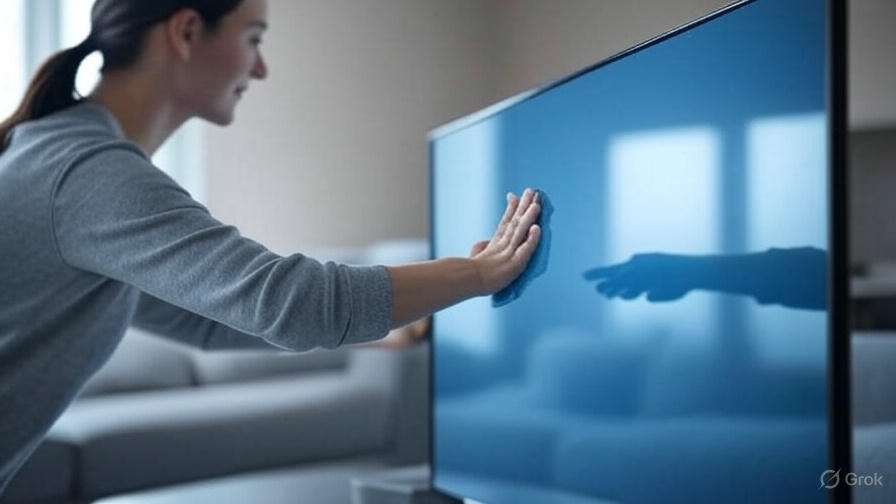
Preventing Future Screen Contamination
Prevention is always better than cleaning when it comes to LED TV screens. Position your television away from high-traffic areas where people might accidentally touch the screen. If you have young children, consider explaining the importance of not touching the TV screen.
Control humidity levels in your entertainment room. High humidity can cause condensation on the screen, leading to water spots and potential internal damage. Use a dehumidifier if necessary, especially in basements or other naturally humid areas.
Keep food and drinks away from your television area. Spills are inevitable when eating near your TV, and some substances can cause permanent staining if not cleaned immediately. Establish a rule about eating at a safe distance from your expensive electronics.
When to Seek Professional Help
Some situations require professional intervention rather than DIY cleaning. If you notice internal cloudiness, permanent stains, or areas where the anti-glare coating has been damaged, contact a professional TV repair service. These issues often indicate that cleaning chemicals have penetrated the screen or that the display has been physically damaged.
Similarly, if your TV shows signs of moisture damage like flickering, color distortion, or dead pixels after cleaning, stop using it immediately and consult a professional. Continuing to use a moisture-damaged TV can lead to electrical problems or complete failure.
Long-term Screen Care Tips
Invest in a high-quality screen protector designed for your specific TV model. These transparent films add an extra layer of protection against scratches and make cleaning easier. They’re especially valuable in homes with children or pets.
Consider the placement of your TV in relation to windows and light sources. Direct sunlight can cause screen materials to degrade over time and may increase surface temperatures, making the screen more susceptible to damage during cleaning.
Store your microfiber cloths properly between uses. Wash them regularly in warm water without fabric softener, which can reduce their effectiveness. Air dry them completely to prevent mold or mildew growth.
Conclusion
Maintaining a clean LED TV screen doesn’t require expensive products or complex procedures. With the right materials and gentle techniques, you can keep your screen looking pristine for years. Remember that patience and gentle pressure are your best tools for safe, effective cleaning.
Regular maintenance prevents the buildup of stubborn stains and extends the life of your television’s protective coatings. By following these guidelines and avoiding common mistakes, you’ll enjoy crystal-clear viewing while protecting your investment in quality home entertainment.
Take the time to clean your LED TV screen properly, and you’ll be rewarded with brilliant colors, sharp images, and a viewing experience that matches your television’s original specifications. Your favorite shows and movies deserve to be seen in all their intended glory, free from the distractions of dust, smudges, and fingerprints.

